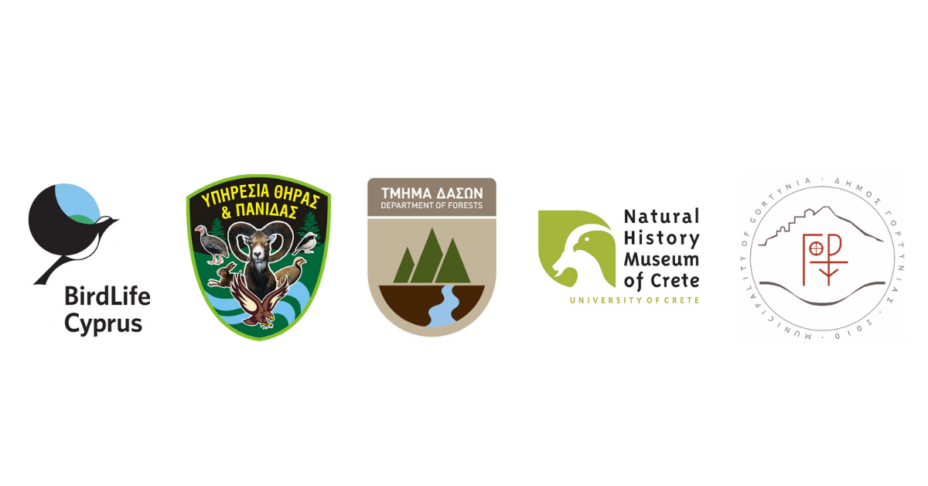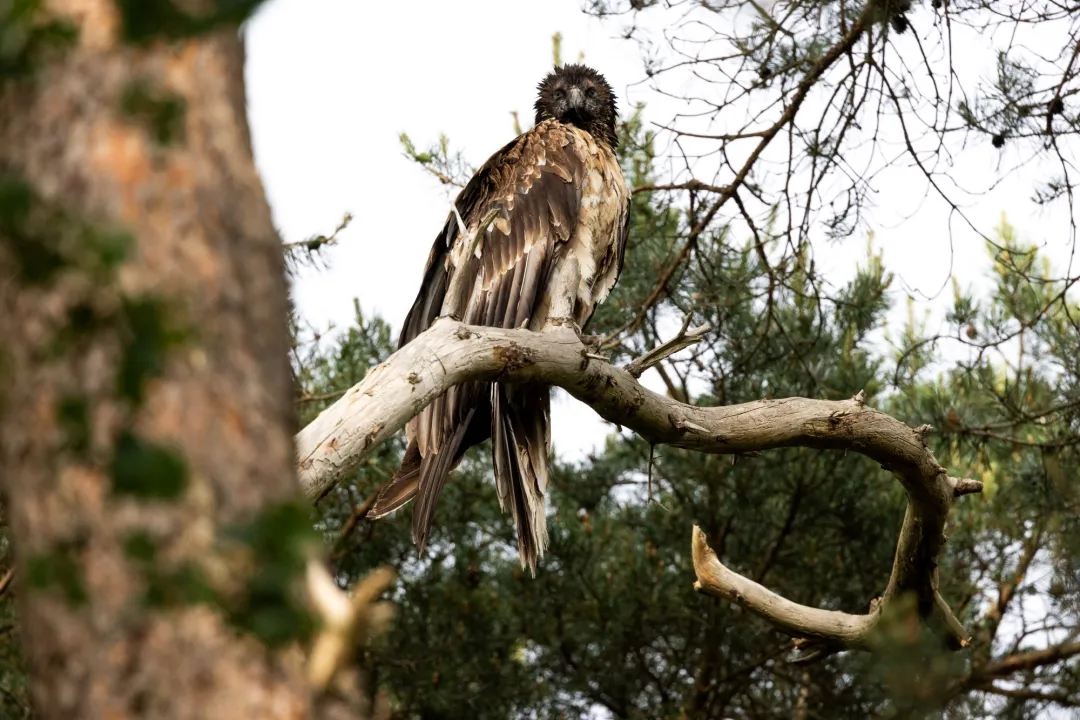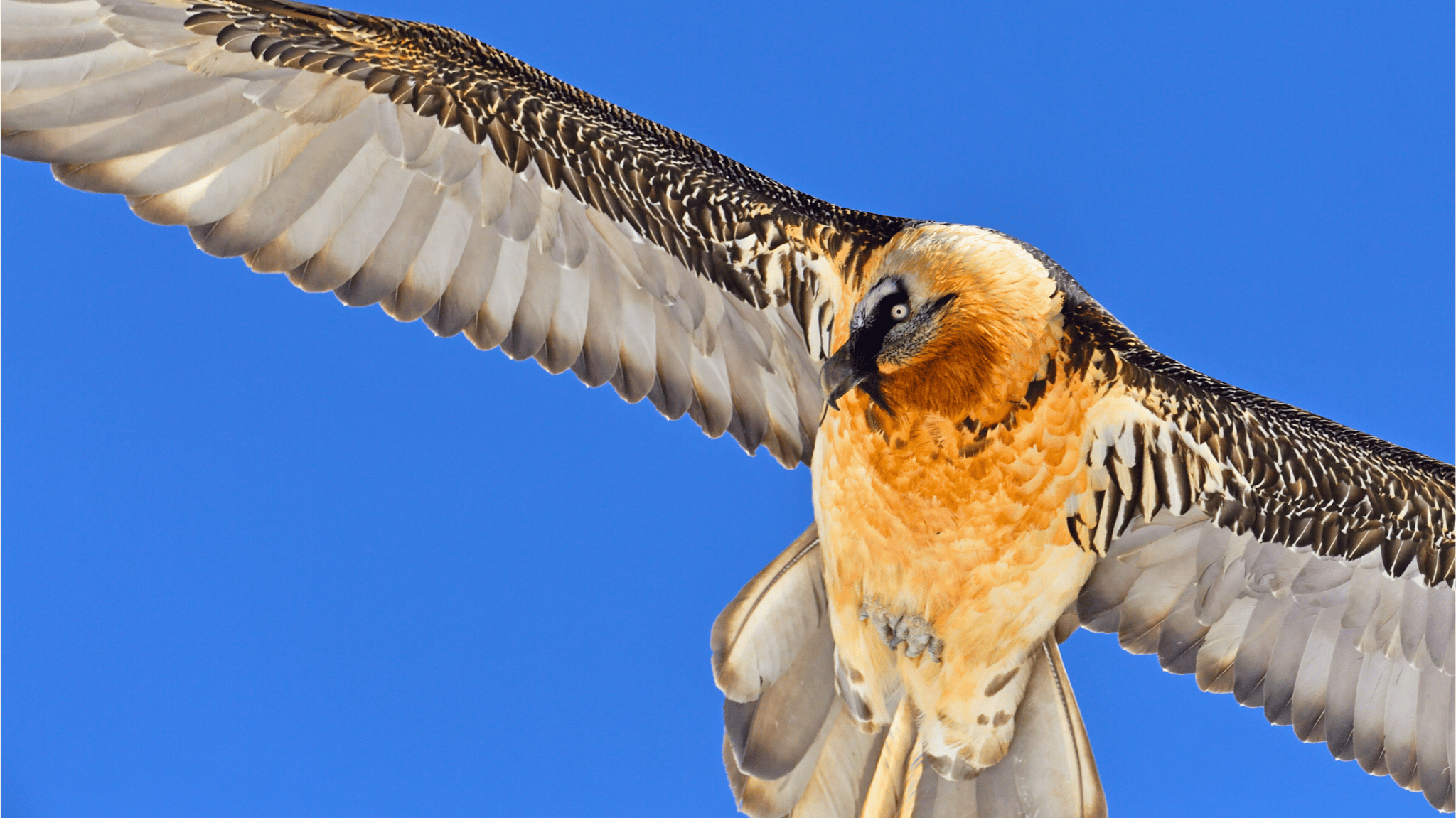The adult male bearded vulture, named “Jacques”, that had been picked up injured at the Parc National des Pyrénées (Aspe Valley) on the 9th of April 2015, was finally released last month (on the 15th of September) after 5 months of rehabilitation. The VCF has continuously advised the people in charge throughout this period.
Jacques was shot and recovered injured by the guards of the Parc National des Pyrénées (see photos), and was then transferred to the wildlife rehabilitation center of the Association Hegalaldia. The bird had two severe wounds (on the left claw and a pulmonary perforation), and three lead pellets embedded (on the right ankle, right thigh and left wing). Perhaps because of the shooting, the bird probably also collided with a cable.
Staff from Hegalaldia Association did a great job – while we continuously advised on food quality and quantity, treatment against lead intoxication, etc. Little by little the the bird could recover from all his wounds and seemed to be ready to be released by the end of May. Unfortunately, two lead pellets could not be extracted at this stage (the third on the right thigh was expelled naturally).
Suddenly, a week before the planned release date, the male started to loose flight feathers from the wings and tail. A blood sample was taken and revealed acute lead intoxication. This was immediately treated (with Ca EDTA 30mg/kg weight). As soon as Jacques recovered from this lead intoxication, two surgery sessions extracted the lead pellets – the one on the wing quite difficult as it was inlaid in the bone and located under a tendon.
Finally on the 15th of September, after being ringed and tagged with a GPS device, the bird could be released.
The bird flew well for a few days, but then in the end of September (29th) locations stopped coming in and we feared the worst. The last location was in the Spanish Pyrenees, in the border between Navarra and Aragón regions. Immediately staff from both regional governments was sent to search for Jacques. On the 3rd of October the bird could be observed flying well – we could confirm that the battery of the transmitter was more a less discharged. As soon the weather changed and the sun came out new locations started to arrive.
The VCF would like to thank all the people -Hegalaldia Association, staff from both Autonomies, as well the Foundation from Parc Animalier des Pyrénées, who paid for the treatment- Their joint effort made it possible that that this bird could fly again in the Pyrenean Mountains.
(Photos Hegalaldia)




